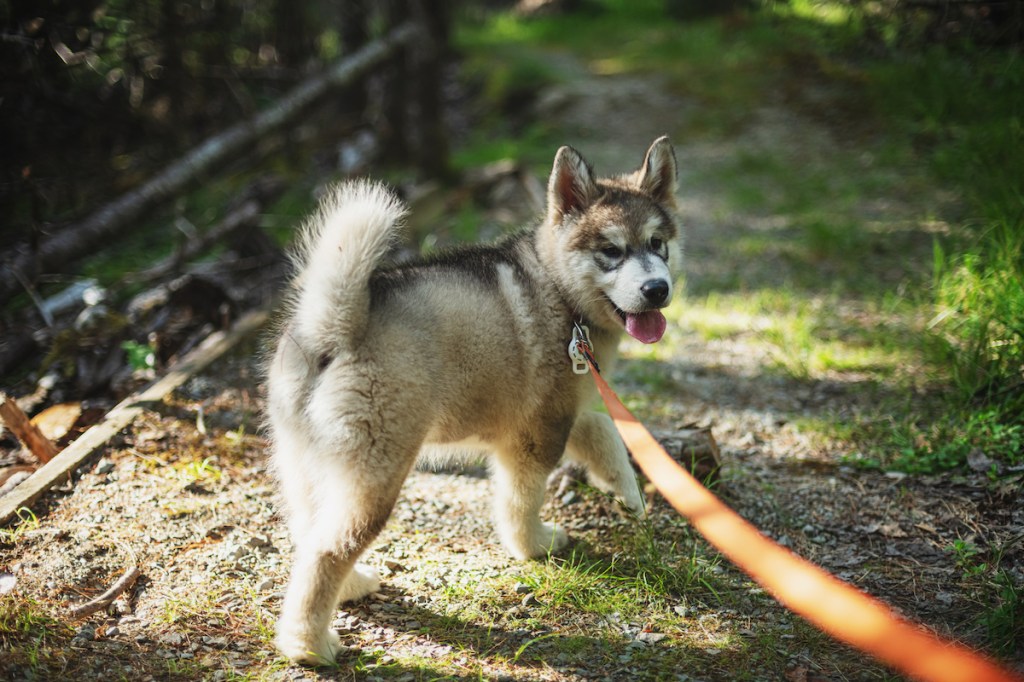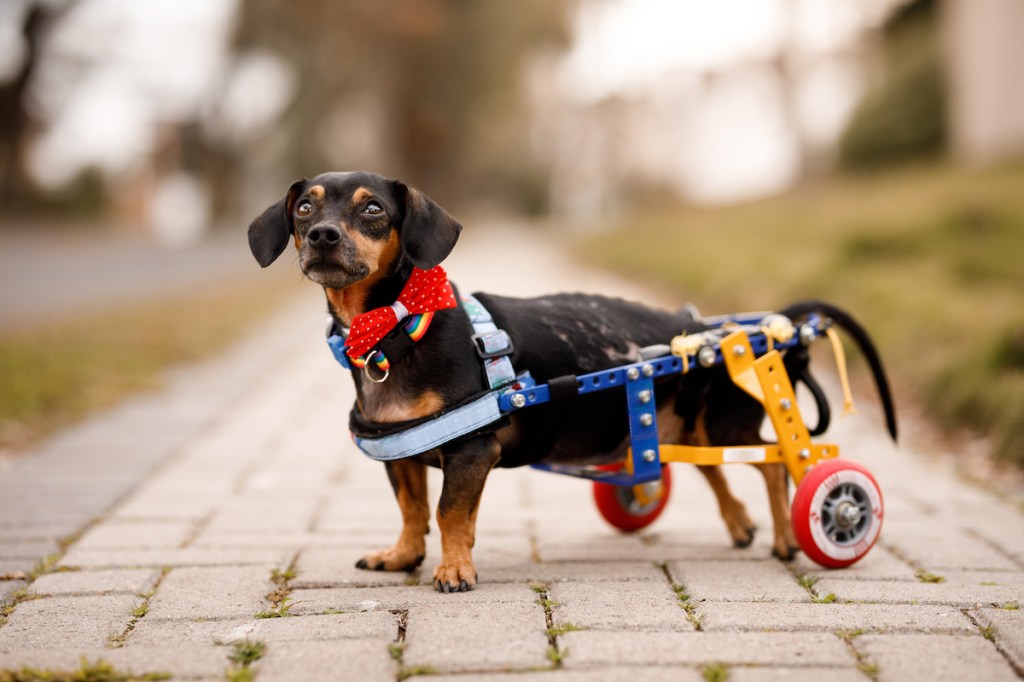Chondrodysplasia in dogs is a medical condition that causes dwarfism. Also, the condition can affect a canine’s joints. Generally, chondrodysplasia is often referred to as CDPA.
Technically, the condition is genetic and affects purebred dogs. For example, the Alaskan Malamute breed is particularly prone to being born with CDPA. Also, the condition can seem similar to chondrodystrophy, which causes pups to have short legs.
If you see signs that your dog might be suffering from this condition, you must consult your veterinarian for a proper diagnosis and course of treatment. Here’s what you should know about the symptoms, causes, and treatments of chondrodysplasia in dogs.
Symptoms of chondrodysplasia in dogs
Chondrodysplasia in dogs can result in a range of symptoms. Generally, these symptoms become more apparent as a dog grows out of the puppy stage.
Specifically, some of the most common symptoms of the condition include:
- Legs out of proportion to body shape
- Spinal issues
- Heart problems
- Slow growth
- Jaw problems
- Teeth being crowded
- Bowed legs (front only)
Causes of chondrodysplasia in dogs

The cause of the condition is genetic. This means a dog is born with it.
Additionally, chondrodysplasia affects purebred pups. For example, some of the most common breeds that suffer from the condition include Alaskan Malamutes, Norwegian Elkhounds, and Dachshunds.
Treatments for CDPA in dogs
If you think that your dog might be developing chondrodysplasia, your veterinarian will want to carry out a full physical examination of your pup. Additionally, your vet will ask about your dog’s full medical history. This will include any breed-specific problems.
Unfortunately, there is no current effective cure for the condition. However, your vet will recommend a number of options that can assist your canine in managing the condition. For example, anti-inflammatory medication and painkillers can help with any joint pain.
Additionally, in more extreme cases, your vet will bring up the possibility of your dog using a wheelchair. This will help relieve any joint pressure and allow your pup to move around more easily.
Finally, dogs who are diagnosed with chondrodysplasia should keep up regular appointments with their vet. This is because the condition can increase the risk of your dog developing arthritis or canine obesity.




